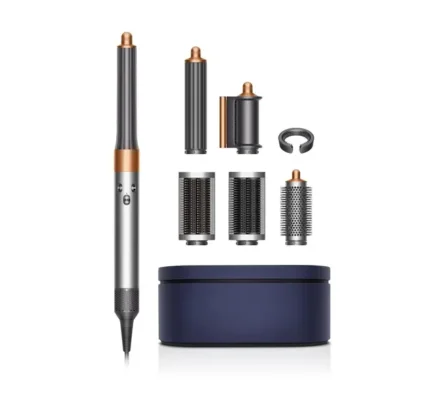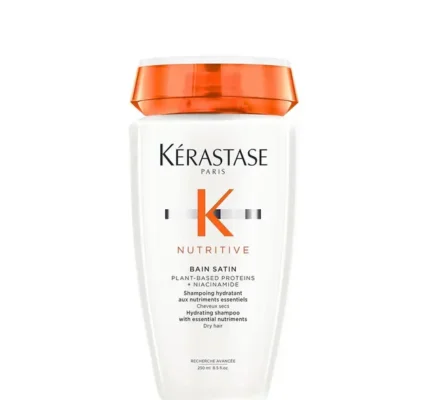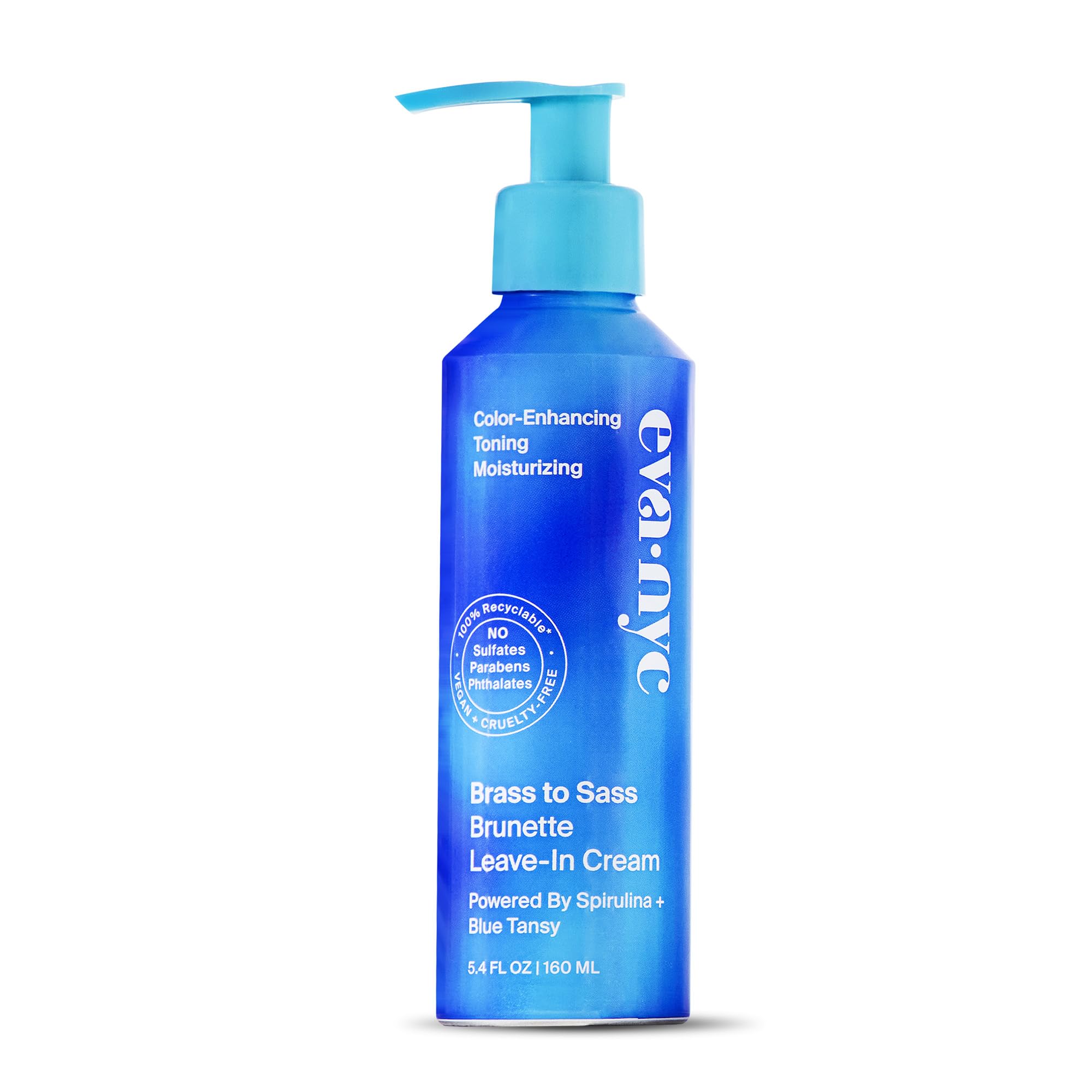Hair can be as unique as a fingerprint, with a tapestry of types gracing scalps worldwide. This article delves into personalized hair care regimens tailored to various hair types, ensuring that no strand goes unloved.
Understanding Your Hair Type
Understanding your hair type is the cornerstone of any effective hair care strategy. Recognizing the unique characteristics of your hair not only shapes your daily routine but also influences the selection of products that will best suit your strands.
The structure of your hair and the shape of your follicles play pivotal roles in determining its appearance and texture, whether it be straight, wavy, curly, or coily.
Hair types are fundamentally characterized by their curl pattern, which is determined by the shape of the follicle. Straight hair emerges from a round follicle, while oval and twisted ribbon follicles give birth to wavy and curly hair types, respectively.
The most coiled or kinked hair types come from the most elliptically shaped follicles. These inherent structural differences influence how oils from the scalp, also known as sebum, coat the hair.
For example, sebum travels more easily down the shaft of straight hair, often leading to a propensity for oiliness, whereas coily hair may struggle with retaining moisture due to its structure.
Acknowledging these structural nuances allows for a tailored hair care approach. Straight hair may require frequent washing to manage oiliness, while curly and coily types might benefit from moisture-rich products and less frequent cleansing to prevent dryness.
Moreover, the susceptibility of curly and coily hair to breakage necessitates gentle handling and protective styling to maintain hair health.
Choosing products should also be a deliberate process, taking into account not only the curl pattern but also the porosity of the hair, which affects its ability to absorb moisture and maintain hydration.
High-porosity hair might require heavier oils and leave-in conditioners to seal in moisture, whereas low-porosity hair benefits from lighter products that won’t weigh it down.
A tailored approach to hair care, considering your unique hair type, not only enhances the natural beauty of your strands but also promotes overall hair health.
By understanding the specific needs of your hair structure and follicle shape, you can select products and establish routines that will nurture and protect your hair, embracing and enhancing its natural texture.
Essential Hair Care Fundamentals
After understanding your hair type and its unique needs, focusing on essential hair care practices becomes pivotal to maintaining its health and vitality. Adopting appropriate cleansing and conditioning routines, tailored to your hair’s specific demands, is foundational to this process.
Proper cleansing with shampoos helps remove dirt, excess oil, and product buildup, allowing your hair to breathe and shine. However, selecting the right shampoo goes beyond merely choosing a product off the shelf. For those with oily hair, lightweight, balancing shampoos designed to regulate sebum production without stripping the scalp are ideal.
In contrast, individuals with dry hair should gravitate towards hydrating shampoos that infuse moisture and repair the hair’s natural barrier. The frequency of washing is equally critical, with oily hair potentially requiring more frequent cleansing compared to dry or coarser types, which may thrive with less.
Conditioning after shampooing is essential for all hair types, serving to replenish moisture, enhance shine, and smooth the cuticle, making hair more manageable and resilient to stress and environmental factors.
Those with fine or oily hair may benefit from lightweight, volumizing conditioners that nourish without weighing hair down. Meanwhile, thick, curly, or dry hair types often need richer, emollient-packed conditioners to deeply moisturize and detangle.
Understanding the scalp’s health and its biological processes underscores the importance of these hair care practices. Sebum production plays a crucial role in maintaining hair health, acting as a natural conditioner that lubricates the hair and scalp.
However, imbalances in sebum production can lead to either oily or dry scalp conditions, influencing the choice of products and care routines.
Integrating these hair care fundamentals into your regimen respects the delicate balance of cleansing and conditioning needs specific to your hair type, paving the way for healthier, more lustrous locks.
It sets the foundation for the next step in our hair care series: developing customized cleaning routines that consider variations in oil production, texture, and hair density to optimize the health and appearance of the hair.
Customized Cleaning Routines
When tailoring a hair care routine, understanding the unique needs of your hair type is crucial, especially when it comes to cleaning. The choice of shampoo and the frequency of washing can significantly impact the health and appearance of your hair.
This selection process requires a balance of numerous factors including oil production, texture, and hair density, all of which influence how your hair interacts with various products.
For those with oily hair, a shampoo designed for frequent use, possibly containing sulfates, may be necessary to effectively remove excess oil. However, it is important to avoid over-washing as this can stimulate the scalp to produce even more oil in response to being stripped of natural oils too frequently.
On the other hand, dry or damaged hair benefits from sulfate-free shampoos that gently cleanse without removing essential moisture. Those with this hair type should limit washing to a few times a week to prevent further dryness and damage.
Curly or textured hair requires a unique approach. Shampoos with hydrating ingredients that preserve the hair’s natural oils are ideal. Washing too often can lead to dryness and frizz, so many individuals with textured hair prefer to extend the time between washes and may opt for co-washing (using conditioner only) in between shampooing.
When applying shampoo, the focus should be on the scalp rather than the ends of the hair. Using your fingertips, gently massage the shampoo into your scalp to help lift and remove dirt and oil. This technique not only cleanses effectively but also stimulates the scalp, promoting healthy hair growth.
As you rinse, allow the shampoo to flow down the length of your hair, which will help clean the mid-lengths and ends without stripping them of moisture.
Proper rinsing is equally important; shampoo and product residue can lead to irritation and build-up. Ensure you rinse your hair thoroughly, possibly spending as much time rinsing as you do applying shampoo, to ensure all product is removed.
This personalized approach to selecting a shampoo and determining washing frequency takes into account the individual needs of different hair types, leading to cleaner, healthier hair.
By respecting these needs, you maintain the integrity of the hair shaft and support the overall health of your hair, seamlessly linking to the next important step in hair care: hydration and nourishment techniques.
Optimal hair health is achieved not just by removing dirt and oil, but by replenishing and nourishing the hair, preparing it for further care practices that reinforce strength, moisture, and resilience.
Hydration and Nourishment Techniques
Building on the foundational role of tailored cleaning routines, the journey towards achieving lustrous locks continues with a detailed exploration of hydration and nourishment techniques.
The cornerstone of a healthy hair care regimen involves the judicious use of hydrating and nourishing products that cater to the specific needs of different hair types.
Understanding how to effectively moisturize and strengthen hair is pivotal in enhancing its natural texture and safeguarding it from damage.
Conditioners play a critical role in reintroducing moisture lost during the shampooing process, particularly for curly or coily hair types, which are prone to dryness.
For optimal results, select a conditioner that aligns with your hair’s texture and hydration needs, applying it from mid-lengths to ends and rinsing thoroughly.
Deep conditioning treatments and hair masks go a step further by penetrating deeper into the hair shaft to repair and fortify hair.
These intensive treatments are especially beneficial for damaged, over-processed, or particularly dry hair types. Incorporating a deep conditioning treatment into your routine once a week can significantly improve hair’s elasticity and moisture retention.
Leave-in products offer ongoing protection and hydration without requiring a rinse. These are excellent for all hair types but are particularly valuable for those with dry, brittle, or frizzy strands.
Leave-in conditioners or creams can help to detangle, smooth, and add a protective layer to the hair, reducing breakage and maintaining moisture throughout the day.
The application of these products should be tailored to individual hair needs. Fine hair may require lighter formulations to avoid weighing it down, while thicker, coarser hair might benefit from richer, more emollient products.
Paying attention to how your hair responds to different products and formulations will allow you to customize a moisturizing routine that leaves your hair vibrant, resilient, and deeply nourished.
In the subsequent stages of hair care, styling emerges as a crucial consideration. As we venture into selecting appropriate styling tools and practices in the following chapter, the emphasis will be placed on methods that complement and enhance the structural integrity of hydrated and well-nourished hair, ensuring that each strand reflects its innate beauty while remaining shielded from potential damage.
Styling and Protecting Your Crown
Following the crucial steps of hydration and nourishment elaborated in the previous chapter, styling emerges as the next significant phase in our hair care journey. It is vital to understand that while styling can enhance the appearance of our locks, it can also pose risks to their health if not done correctly.
The key to minimizing damage lies in the judicious selection of styling tools and products, along with adopting protective hairstyles and precautions against environmental stressors.
When choosing styling tools, consider the texture and resilience of your hair. For instance, thick, curly hair might require a hair dryer with a diffuser at a higher heat setting, whereas fine, straight hair benefits from lower temperatures to avoid damage.
Always use a heat protectant spray or serum, regardless of your hair type, to create a barrier between your strands and high temperatures. Apply these products evenly throughout your hair, focusing on the ends, which are more prone to damage.
The impact of environmental stressors, such as UV rays and pollution, can be mitigated by incorporating hairstyles that shield the hair. Braids, buns, and hats are not only fashionable but also serve as protection from the sun, which can dry out and fade your hair.
Moreover, using scarves or caps can prevent pollutants from depositing on the scalp and strands, keeping your hair cleaner and healthier.
Additionally, it is important to recognize that the physical manipulation associated with styling can contribute to wear and tear over time.
Opt for loose, comfortable styles that do not pull or strain the hair at the roots, reducing the risk of breakage and hair loss. Regularly incorporating days where the hair is allowed to rest from styling tools and products can also significantly improve its overall condition.
In conclusion, mindful styling is a balance between achieving the desired look and maintaining the health of your hair.
By selecting the right tools, using heat protectants, embracing protective styles, and safeguarding against environmental factors, you can ensure that your hair remains vibrant and strong.
This careful approach ensures that the effort put into hydrating and nourishing your locks bears fruit, showcasing their natural beauty to the fullest.
Conclusions
Understanding and nurturing your hair type is pivotal in flaunting a radiant mane. We’ve explored holistic strategies, from identifying your unique hair identity to choosing the right care regimen.
Embrace these tailored tips to unlock the full potential of your locks!



